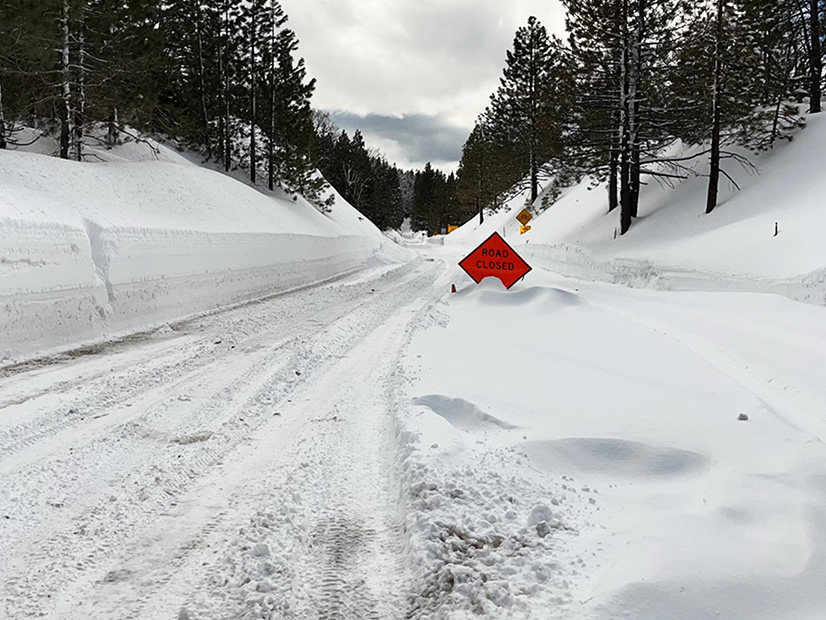
While utility commissioners are concerned about variable energy generation when it comes to resource adequacy, it’s extreme weather that’s really keeping them up at night, speakers said during a webinar hosted by WECC.
During the March 2 webinar, part of WECC’s monthly resource adequacy discussion series, panelists explored myths and realities of resource adequacy. The first potential myth discussed was whether the rising volume of variable generation is playing a major part in resource adequacy concerns.
California’s duck curve, in which solar energy drops off at the same time electricity demand is peaking in the evening, was cited as an example of variable generation.
For panelist Eric Blank, chair of the Colorado Public Utilities Commission, the problem of variable generation is increasingly “understood, quantifiable and capable of solution.”
But extreme weather events, ranging from heat waves to winter storms, haven’t been consistent with past weather patterns and are a “new world,” he said.
“I think it’s less a variable generation problem and much more an extreme weather and correlated outage problem,” Blank said. “That’s what keeps me up at night.”
Panelist Mary Throne, a commissioner on Wyoming’s Public Service Commission, said variable generation does play a role in RA. Combined with extreme weather, she said, the two issues keep her up at night.
Another issue is to what extent extreme weather events, previously considered to occur with low probability, should be factored into resource planning.
Branden Sudduth, vice president of reliability planning and performance analysis at WECC, explained that in the past, planning revolved around determining the hour of peak demand in a given year. The thinking was that if demand in that peak hour could be met, resources would be adequate the rest of the year.
Now, Sudduth said, planners are starting to change their approach.
“People are recognizing the need for more of the stochastic planning,” Sudduth said. “Looking at a wide range of generator availability conditions and then coupling that with a wide range of demand conditions as well. And then using those stochastic models to help us identify specific hours of the year when demand might be at risk.”
But cost is also a consideration when planning for extreme conditions.
“We have to ask the questions, … see what happens in extreme conditions and correlated unit outages,” Blank said. “But the question, ‘Do we incur the cost to manage to those scenarios?’ is a much more difficult question [without] obvious answers.”
Electrification is another piece in the puzzle.
“You have to consider it in terms of changing weather patterns and increasing demand as we attempt to move toward more electrification,” Throne said, although she noted that electrification of vehicles and buildings was likely to occur slowly in Wyoming.
Another potential misconception panelists discussed was whether an organized market, such as a Western RTO, will be the solution to resource adequacy issues.
Throne said the impact of an organized market is still unknown.
“We are going to move incrementally, and whether we ever get to a full RTO remains to be seen,” Throne said.
Blank said an organized market isn’t going to solve every problem, but it has the potential to accelerate transmission expansion and lead to better regional planning.
“If it’s done right, it could produce a lot of benefits,” he said. “And if we screw it up, it could create a mess.”



